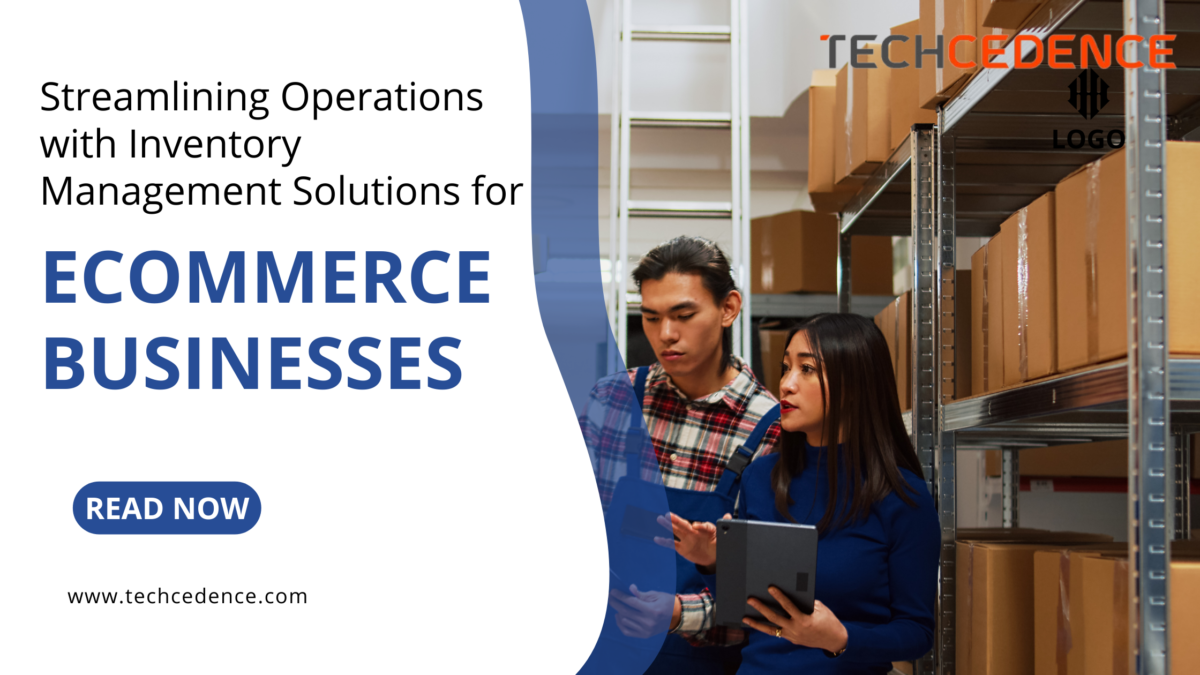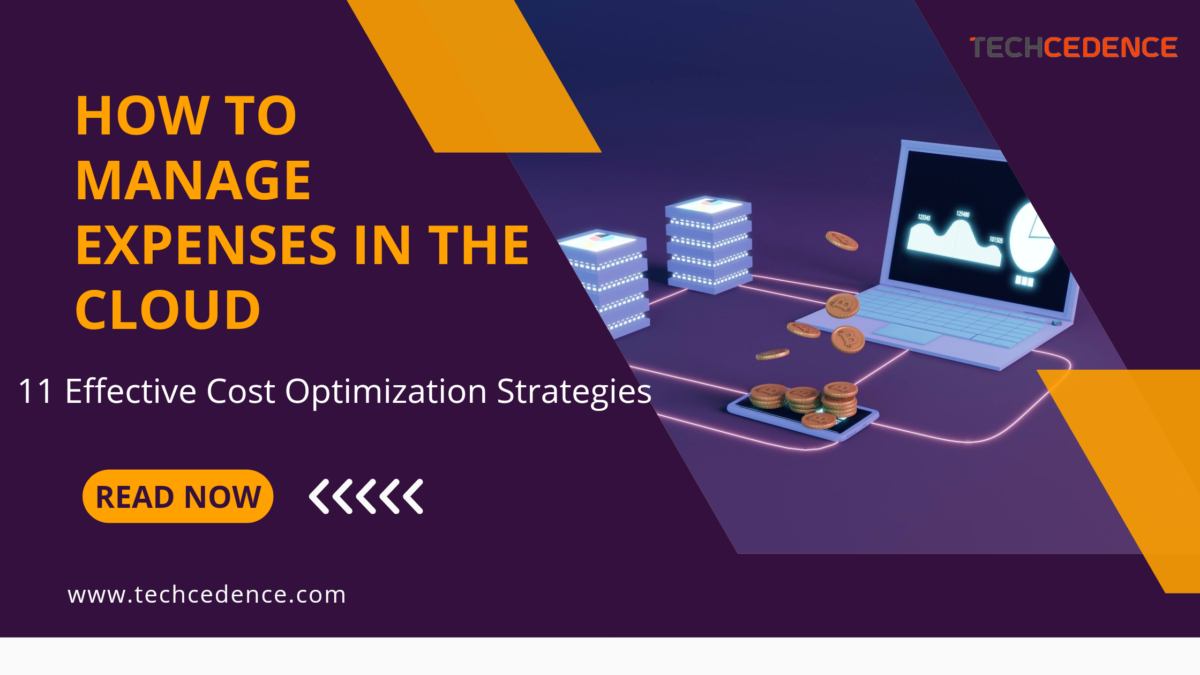There is no doubt, business intelligence (BI) has become an indispensable asset to organizations, big as well as small. Everyone wants to leverage every bit of available information and get possible results when it comes to the future of business intelligence to make decisions that increase revenue, improve productivity, and accelerate growth.
This means you’ll have to stay abreast of the latest industry developments for future business success. In this blog, we’ll discuss the latest trends that are shaping the future of the business intelligence industry. Whether you’ve installed business intelligence software tools or your plan to do so, understanding these trends is important.
Story telling
Data analytics help users uncover insights, and using these insights to guide decision-making is the endgame of the business intelligence process.
However, putting insights into action is easier said than done, as it requires analysts to convey information to business owners in a way that is reasonable as well as actionable. Most importantly, this requires analysts to describe how a data metamorphoses into insights. These skills converge to a process k which is known as data storytelling.
Data storytelling will continue to shape business intelligence services and will progressively change the way businesses use data to engage and try new ideas.
Data governance
Many businesses have institutionalized data governance programs to make the efficient use of accurate data as much as possible. The urge to instill confidence in business owners and make data analytics and business intelligence solutions worthwhile are some of the major reasons driving the data governance trend.
Voice activated assistants
Today’s modern business intelligence tools are equipped with digital assistants that simplify the BI process. The emergence of these voice-activated assistants has renewed hope for the BI industry. These new assistants are expected to start transcribing voice and converting into reliable data that can be analyzed to derive many insights.
Connected cloud
A connected cloud strategy is an amazing option that brings flexibility and reduces the risks involved in analytics. However, before investing in this strategy, one should first look into the different challenges that come with implementing it as well.
Collaborative BI
Collaborative business intelligence (BI) is not an entirely new trend as such. However, the ever-evolving business landscape, has continued to give this trend new paths. This trend emerged after the need for increased collaboration in the business environment to make the sharing of analytics and reporting simplified, which in turn helps support efficient decision-making.
Self-service BI
Self-service business intelligence has been on many a businesses’ anticipated list for a long time. Business users were not comfortable with the complexity of the BI analytics tools. Also, the need to bring data scientists to handle the analytics was increasing operation costs, which induced the perpetual craving for self-service and flexibility in analysis and reporting.
Data security
In the modern era, there are millions of cyberattacks looking for an opportunity to strike.The rampant cases of cybersecurity breaches underpin the importance of data security.
Businesses are now fully aware of the value of personal information and are skeptical about sharing it online. In a bid to instill trust but also collect the data they need; companies will continue to mend all loopholes for security breaches. And data governance and security are one of the hottest business intelligence trends in healthcare and financial services now.
Artificial intelligence
Artificial intelligence (AI) has taken every business aspect by storm, and business intelligence is no exception. With advanced developments cropping up, it won’t be long before AI can justify its decisions in an intelligible manner. More critical developments are expected to emerge in the coming years.
DQM
Data quality management (DQM) provides insights into data pumping through a business. It ensures that the data used for analysis can provide a clear picture of the day-to-day business operations. Today, every business wants to implement data quality processes to enhance its ability to utilize business intelligence.
Actionable analytics
Actionable analytics is one of the hottest analytics and business intelligence trends as businesses are no longer interested in analyzing data in one silo and acting in another. The platforms are merging with critical business processes through features like embedded analytics, dashboard extensions, and APIs making it easy to implement actionable analytics to expedite the decision-making process.
Data discovery
Data discovery makes it easy for people with no IT skills to access data to derive the information they need. This helps, non-tech users to explore corporate information and obtain actionable insights to make informed decisions based on their discoveries faster.
Data visualization has advanced to include heat maps and geographical maps, resulting in businesses can creating high-fidelity presentations of their discoveries. The data discovery trend is poised to grow as one of the most critical business intelligence and data analytics services trends in 2024 and the coming years.









